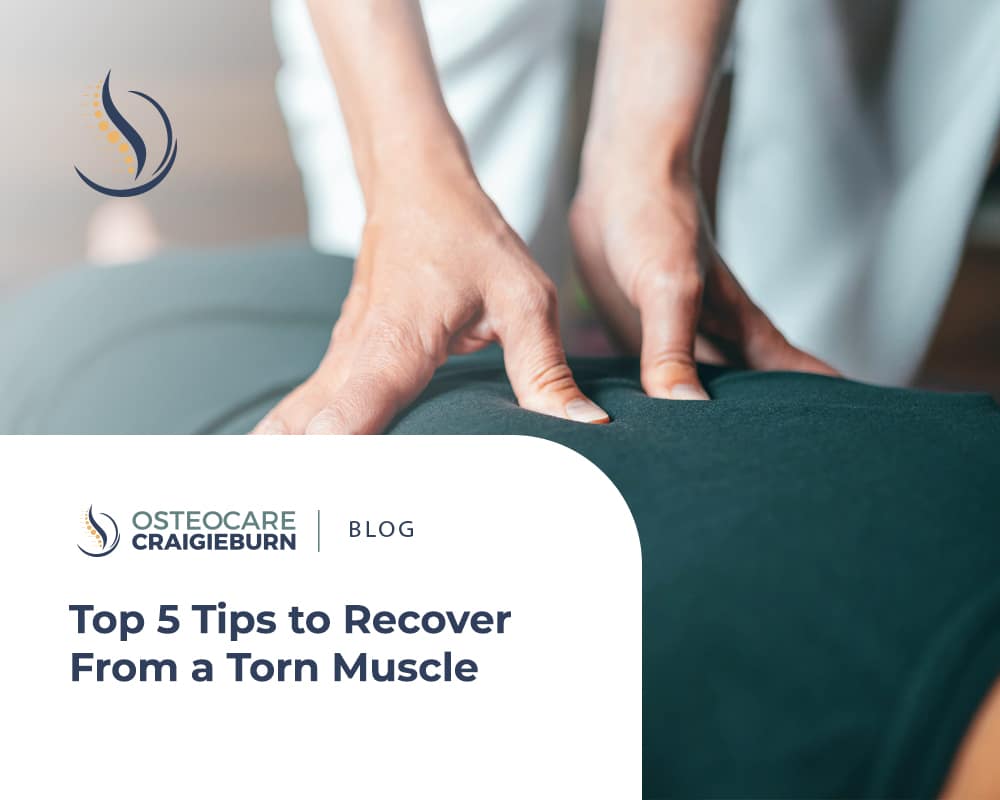Physical activities such as sports and going to the gym can be fun, but sometimes unfortunate things happen and you hurt yourself. In this article, we will be giving you 5 top strategies for torn muscle treatment.
What is Muscle Strain?
Muscle strain, or also known as muscle pull, happens when a muscle or its attaching tendons is torn or damaged. This usually when you put pressure muscles on your daily activities such as heavy lifting, sports, or daily tasks. Muscle tears happen to the muscle fibres and the tendons attached to the muscle.
The tearing of the muscles can damage blood vessels, causing bleeding or bruising and pain because of the irritation of the nerve endings. Muscle strains can occur unexpectedly and can affect people of all ages.
Signs and Symptoms that you have a strained muscle.
Symptoms of muscle strains are:
- Bruising, swelling, or redness because of the injury
- Difficulty in moving the affected muscle
- Weakness in the muscle
- Pain when the injured muscle is used
- Pain while the injured muscle is at rest
What causes muscle strains?
- Improper lifting
- Not warming up before a workout, and stretching after a workout
- Poor posture
- Using a muscle too much
Physical Examinations and Tests
Physical exams are not necessary. However, if there is a history of trauma or evidence of infection, a physical exam should be done. If you have a significant muscle injury, or you hear a “popping” sound in the injury, you should seek professional medical treatment immediately and get examined in a hospital’s emergency department.
On the other hand, some cases of muscle strains can be treated and managed at home.
Torn Muscle Treatment
Rest the injured muscle
You should rest the injured muscle. Avoid doing the activities that caused the injury and activities that increase the pain and swelling, or the doctor says that it’s fine. If you only had a minor muscle strain, you’ll be able to do a little movement after a couple of days.
Ice packs and Heat compress
The amount of pain and swelling in the muscle can be managed by applying ice packs to the injured area and maintaining the injured muscle in a stretched position. The ice can help to reduce inflammation. The ice should not be applied directly to bare skin, wrap the ice in a towel first before applying to the injured area.
As for heat compress, heat can only be applied if the swelling has reduced. On the other head, applying heat earlier can increase swelling and pain. Heating pads can be applied to the injured area, and wrap the heating pads in a towel before applying to the injured area.
Compression
Wrapping the muscle with a bandage can help reduce the swelling. Don’t wrap the bandage too tight or the muscle won’t get enough blood circulation.
Elevation
Elevating the injured muscle can decrease the swelling. Prop up the injured leg or use an arm sling to elevate the injured arm.
Medication
Your attending physician may recommend nonsteroidal anti-inflammatory medication, like ibuprofen, to reduce pain and swelling.
Conclusion
As you can see, there are many ways to treat a torn muscle and help you get back on your feet. If you’ve suffered a torn muscle then visit our clinic so an osteopath can diagnose the problem and recommend the best treatment plan. Book an appointment today.
